After 1870, St. Charles was rejuvenated by railroad, new industry, and more emigration. The village of St. Charles was incorporated into a city in October of 1874 and J.K. Lewis was elected the first mayor. Improvements to provide valuable community services to the people of St. Charles included telephones by the 1880s, a library by 1889, a newspaper by 1881, a new high school (Haines) in 1898, gas mains by 1901, free mail delivery by 1904, city water mains by 1906, and city sewers in 1912.
Transportation means and methods became more widespread after the 1870s. In addition to the railroads, trolley cars, stagecoaches, boats, and horseback were used more frequently. A trolley car linking the east and west sides of town was built in 1895.
Securing a St. Charles connection with the Northwestern Railroad was the result of General Farnsworth and O.M. Butler after the close of the Civil War. By 1871, the town experienced a renewed growth and prosperity.
The line was constructed at a cost of $45,000, well worth the amount in growth. The train ran as many as eight times a day in and out of the old stone station.
In 1885, a freight train line called the Chicago Great Western Railroad began to run through St. Charles on behalf of the efforts of T.E. Ryan and C.D. Wing.
In 1874, Main Street bridge "was as strong as a wooden bridge could have been," wrote Pliney Durant. However, after over thirty years of use, it collapsed in a terrifying accident on July 1, 1902. It was late morning when a northbound streetcar crossing the bridge from West to East forced the bridge to collapse. Luckily, the crash was a slow, easy drop rather than a dive. This was revealed by the fact that there were no deaths, few injuries, and little damage to the car.
Sighs of relief turned to pointing fingers and public scolding concerning the condition of the bridge prior to the accident. The Chronicle stated that the Mayor, Aldermen, and the street officials were not excused for the blame. They called the action "little short of criminal carelessness," and demanded a new bridge. A few years prior, the city had planned on replacing the old bridge but funding problems kept progress at a standstill. Because the city could not afford to replace the bridge in its entirety, the bridge was temporarily repaired to the extent that it was safe to drive on.
The City Council decided to allow railway companies to bid for the construction of a new bridge. The Elgin, Aurora, and Southern Traction Company built the bridge for $12,000. The new bridge was finally paved over in 1915.







